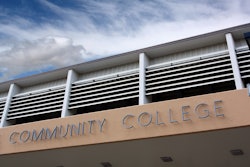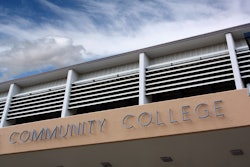Rural students were poised to struggle amid COVID-19.
The Federal Communications Commission found that a quarter of Americans – 14.5 million people – in rural areas lack broadband internet access. Pre-pandemic, rural completion rates were already low with only 42% of students from rural high schools graduating college within six years, according to a 2018 National Student Clearinghouse Research Center study.
That’s why Education Design Lab, a nonprofit for innovation in higher education, will focus on supporting rural community colleges in its new initiative, called “Building Rural Innovation, Designing Educational Strategies” or “BRIDGES.”
Funded by a $1.9 million grant from Ascendium Education Group, a student loan guarantor and education philanthropy, the three-year project will help five community colleges to improve college access and better meet local workforce needs.
“From the digital divide, education deserts and other long-running disparities in access to education, health care and economic opportunity, rural America has long been an afterthought in our nation’s efforts to boost postsecondary opportunity and learner success,” said Amy Kerwin, vice president of education philanthropy at Ascendium Education Group. “At a time when COVID-19 is exposing wage and equity gaps, this laboratory for innovation will help identify new impact-oriented approaches for fostering greater educational and economic opportunity in historically-underinvested rural communities.”
In the first phase of the initiative, Education Design Lab will start by researching the challenges facing rural community colleges, their students and their surrounding economies based on currently available data. The organization will also invite rural community colleges to submit proposals as part of a design challenge. By January, it will select five community college partners that will work alongside Education Design Lab staff to devise new models for bolstering economic opportunity for their students and their surrounding communities. The colleges’ experiences and conclusions will ultimately be distilled into a manual that can serve as a guide for other rural institutions.
The organization chose to zero in on community colleges because they tend to serve the underresourced, “learners that higher ed was never really designed to serve in the first place,” said Education Design Lab’s chief program officer Marta Urquilla.















